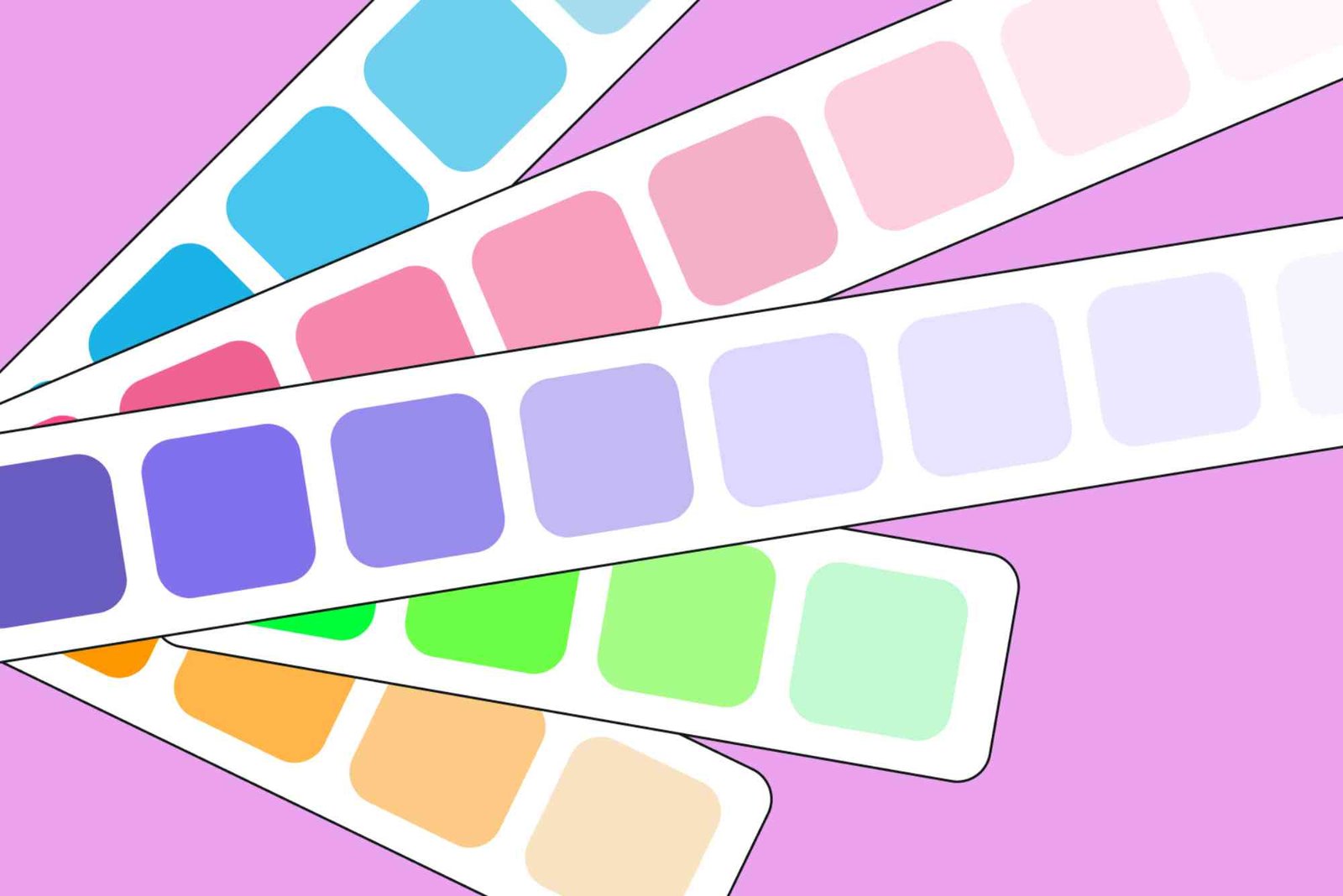Introduction
In fashion, design, or even home décor, achieving the perfect colour match can make or break your look or project. Whether you’re trying to match a kurta pajama shade, coordinate your living room palette, or blend fabrics seamlessly, understanding the essential steps to same when colour is crucial. Getting colours right isn’t just about what looks good — it’s about precision, consistency, and balance.
This guide breaks down the process of colour matching into practical, human steps that anyone can follow. From understanding colour undertones to testing fabric compatibility, you’ll learn how to master the art of matching colours of same colour tones — the right way.
Understanding the Concept of “Same When Colour”
Before diving into the technical steps, it’s important to understand what the phrase same when colour really means. In simple terms, it refers to ensuring that two or more items — fabrics, paints, or materials — reflect identical hues under various lighting conditions.
When you buy clothing, for example, you might notice that your Can Kurta Pajama looks perfectly matched indoors but slightly off outdoors. That’s because colours change subtly under different light sources. Achieving “same when colour” ensures consistency across all lighting environments.
Why Colour Matching Matters
Accurate colour matching helps maintain aesthetic harmony and brand consistency. Whether in fashion design, textile production, or home interiors, mismatched colours can create visual imbalance. A designer knows that even a minor shade difference can affect the overall style.
Professionals use tools like spectrophotometers and Pantone guides to maintain consistency. However, you don’t need fancy equipment to achieve similar results — you just need a good eye and an understanding of the process.
Identify the Base Colour and Undertones
Every colour has a base and an undertone. The base is the main hue you see — blue, red, or green — while the undertone adds depth or warmth. To achieve a same when colour result, start by identifying both.
For example, two blues might appear identical, but one could have a cool (violet) undertone while the other leans warm (green). These differences become more visible under daylight or artificial lighting.
To test undertones, place samples side by side under multiple light sources. Use daylight, white light, and warm light bulbs to see how the shades react.
Use Natural Light as Your Colour Benchmark
Natural light reveals true colour more accurately than any artificial source. Always compare and match your colours in daylight before finalizing your choice.
If you’re working indoors, use a daylight bulb with a high Colour Rendering Index (CRI) for better accuracy. This step is especially vital when selecting fabrics or paints that need to look uniform in all settings — such as matching of same colour fabrics in fashion design.
For example, when coordinating a Can Kurta Pajama, ensure the fabric for both the kurta and pajama looks identical in both sunlight and indoor lighting.
Perform a Fabric Compatibility Test
Colour behaves differently depending on fabric type. Cotton, silk, polyester, and linen all absorb dyes uniquely. So, even if two materials are dyed with the same formula, their final shades can vary.
To achieve same when colour harmony, always test how your fabrics respond to dye. Apply a small swatch test before the main process. Once dry, compare the results under varied light sources and at different times of the day.
This step ensures that when you combine fabrics — like in multi-layered garments — the colours remain uniform and visually cohesive.
Understand the Role of Colour Temperature
Colour temperature determines whether a shade appears warm, cool, or neutral. Matching warm tones with warm ones and cool tones with cool ones is key to consistency.
A warm red, for example, won’t match a cool red under most lighting conditions, even if they appear close initially. To get a perfect of same colour match, identify and categorize your shades accurately before dyeing or combining materials.
Designers often use neutral backgrounds (like white or grey) while comparing samples. This reduces visual interference and helps the eye see true tones.
Mix and Test Small Batches Before Final Application
When mixing dyes or paints, never skip the testing phase. Always prepare a small batch first, apply it on your material, and let it dry completely. Wet samples can look darker or lighter than the final result.
This practice prevents costly mistakes and ensures accuracy. Once satisfied with the sample, scale up to your full batch. Consistent stirring, timing, and temperature control during mixing will help maintain the same hue throughout.
Remember, dyeing or painting large surfaces without prior testing often leads to slight — but noticeable — mismatches.
Maintain Consistency in Environmental Conditions
Temperature, humidity, and even water quality can affect colour outcomes. Professional dyers and printers always maintain controlled conditions to guarantee consistency.
When replicating colours at home, try to keep your workspace stable — use clean water, maintain consistent heat levels, and avoid direct sunlight during application. Environmental stability ensures your same when colour results remain uniform across batches.
Document and Store Your Colour Recipes
One of the most overlooked yet essential steps to same when colour success is documentation. Record your dye ratios, materials used, and environmental settings.
Keeping a “colour log” helps you replicate the same hue later without trial and error. This step is particularly valuable for designers, textile producers, and home creators who want consistency across collections or décor themes.
When you find the perfect combination — such as a matching Can Kurta Pajama ensemble — note down every detail for future use.
Verify Results in Different Lighting Conditions
After achieving your desired colour, test it under different environments — sunlight, fluorescent, LED, and candlelight. A fabric or wall paint that looks perfect in one setup might appear too dark or too light in another.
To confirm a same when colour match, evaluate the sample at different times of the day. Morning, afternoon, and evening light will each bring subtle changes. Only when the shade remains consistent across these settings can you confidently say it’s a true match.
Final Quality Check Before Use
Once you’re satisfied with the result, conduct a final quality check. Inspect for uneven patches, streaks, or fading. Wash the fabric or surface gently to ensure colourfastness.
In professional settings, experts use spectrophotometric testing to verify uniformity. At home, visual inspection under daylight and white light works effectively.
This final step ensures that your creation — whether a fashion piece, home accessory, or craft — embodies professional-level consistency.
Common Mistakes and How to Avoid Them
Matching colours isn’t always straightforward. Here are a few common mistakes people make and how to avoid them:
- Ignoring lighting conditions: Always check colours under multiple lights.
- Skipping test samples: Never dye or paint large surfaces without prior testing.
- Overlooking undertones: Subtle undertones can make colours clash.
- Inconsistent process control: Keep temperature, time, and material handling steady.
Avoiding these pitfalls ensures smooth, accurate, and reliable of same colour results every time.
FAQs
Q1: What is the best way to ensure colours match perfectly?
Test your materials under natural and artificial light. Maintain consistent dyeing conditions and note your colour formulas.
Why do colours look different under sunlight and bulbs?
Lighting temperature affects colour perception. Sunlight reveals true tones, while artificial lights can add warm or cool tints.
Can I mix different fabric types and still get a same when colour result?
Yes, but you must test beforehand. Different fabrics absorb dye differently, so always run small samples first.
How can I prevent colour fading after dyeing?
Use quality dyes, follow recommended fixation times, and wash fabrics with mild detergents in cold water.
What’s the easiest way to match colours for clothes?
Compare fabrics side by side in daylight, look for matching undertones, and ensure dye batches are mixed evenly.
Achieving the same when colour finish is a blend of science, skill, and observation. From identifying undertones to verifying results under different lighting, each step plays a vital role in ensuring harmony.
Whether you’re matching fabrics for a Can Kurta Pajama, creating coordinated décor, or crafting a design collection of same colour, attention to detail will make your work stand out.
If you’re looking for a complete guide to mastering colour harmony, check out this related resource: of same colour.




